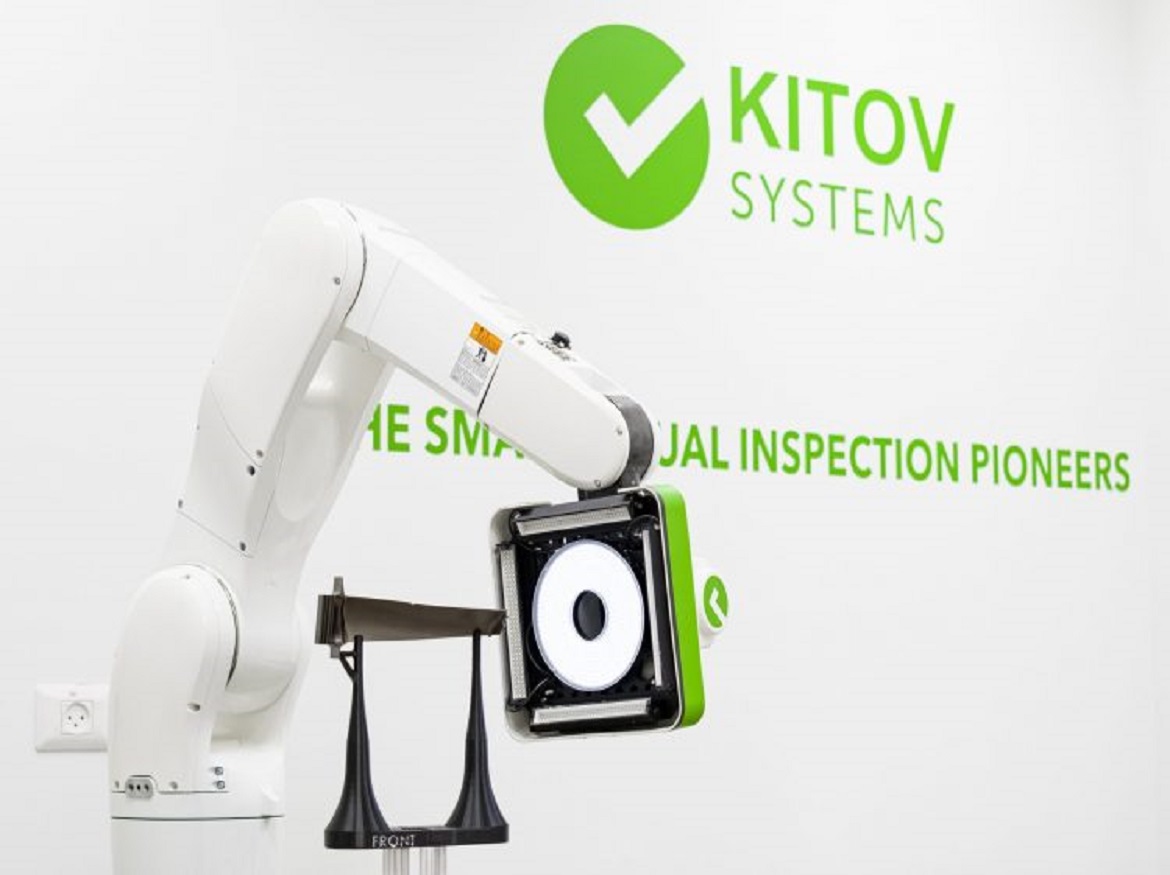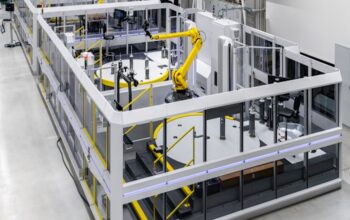KITOV CAD2SCAN is a highly innovative technology that is changing the way companies approach reverse engineering and quality control. This technology is a game-changer in the field of manufacturing, providing a more accurate and efficient way to create digital models of physical objects.
Reverse engineering is a process that involves creating a digital model of a physical object. This is done by capturing highly accurate measurements of the object and converting them into a digital format. Once the digital model is created, it can be used for various applications, such as quality control, inspection, and even redesign.
The traditional method of reverse engineering involved manually measuring the physical object and then creating a CAD model based on those measurements. However, this method was often time-consuming and prone to errors. KITOV CAD2SCAN provides a much more accurate and efficient way to create digital models.
KITOV CAD2SCAN consists of a high-precision 3D scanner and software that converts the scanned data into a CAD model. The scanner captures precise measurements of the physical object, creating a highly detailed digital model that can be used for various applications, including quality control, inspection, and reverse engineering.
One of the significant advantages of KITOV CAD2SCAN is its ability to improve the accuracy and precision of reverse engineering. This is achieved by creating a highly accurate digital model of the physical object, allowing engineers to make modifications and improvements with greater accuracy and precision. The resulting CAD model can then be used to manufacture a new part or component that matches the original with a high degree of accuracy.
Another major benefit of KITOV CAD2SCAN is its ability to streamline the quality control process. The system can quickly scan and analyze parts, allowing manufacturers to identify any defects or deviations from the desired specifications. This not only improves product quality but also reduces the time and cost associated with manual inspection.
The KITOV CAD2SCAN system is highly versatile and can be used in various industries, including automotive, aerospace, and medical device manufacturing. In the automotive industry, for example, KITOV CAD2SCAN can be used to create digital models of car parts for aftermarket customization or to create molds for mass production. In the aerospace industry, KITOV CAD2SCAN can be used to create highly accurate digital models of airplane components for reverse engineering or inspection.
One of the unique features of KITOV CAD2SCAN is its ability to capture highly detailed information in a short amount of time. The system is equipped with advanced sensors that can capture data quickly and accurately, making it ideal for use in high-volume manufacturing environments.
KITOV CAD2SCAN also can work with various materials, including metal, plastic, and even organic materials such as human tissue. This makes it a valuable tool in medical device manufacturing, where precision is critical.
Another significant advantage of KITOV CAD2SCAN is its ease of use. The system is designed to be user-friendly and intuitive, allowing even non-experts to use it effectively. The software is highly customizable, allowing users to tailor it to their specific needs.
Overall, KITOV CAD2SCAN is a powerful tool that can help manufacturers improve product quality, reduce production costs, and speed up the design and prototyping process. Its ability to create highly accurate digital models of physical objects is a game-changer for industries such as automotive, aerospace, and medical device manufacturing. With the continued development of this technology, we can expect to see even more benefits and applications in the future.
Click on the following link Metrologically Speaking to read more such blogs on Metrology.









